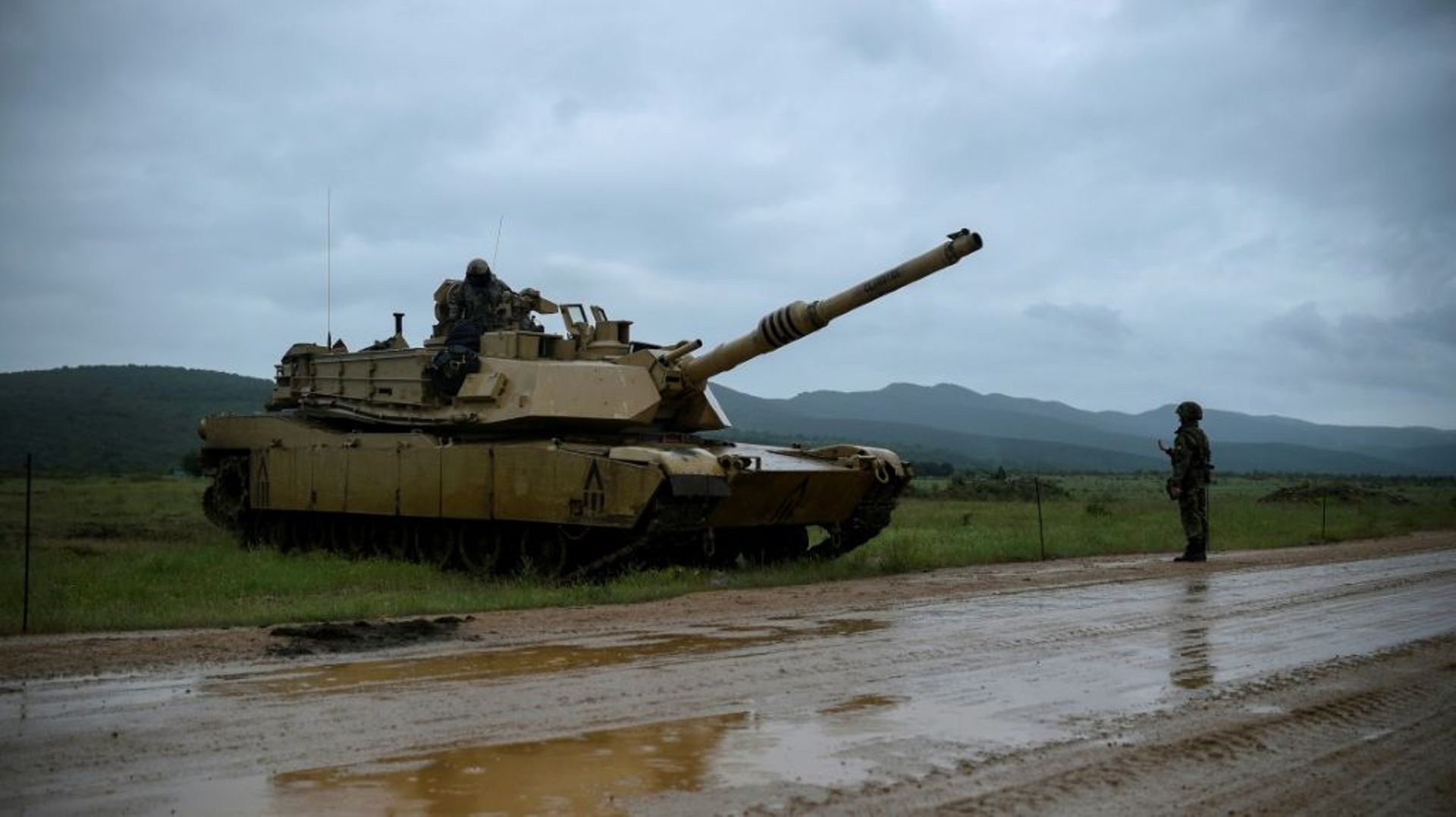The balancing act of the United States, which provides considerable military aid to Ukraine while doing everything to avoid an extension of the conflict to other countries, is becoming more and more difficult to maintain, at a time when the images abuses attributed to the Russian army are on the increase.
Since the beginning of Russia’s invasion of Ukraine, the United States has flooded Ukraine with light weaponry, such as shoulder-carried Javelin anti-tank missiles, but it has always refused to hand over weapons. heavy armaments, including combat aircraft, arguing that this “could be perceived as an overstatement“and increase the risk of a nuclear conflict with Russia.
And they regularly invoke American technologies that are unfamiliar to Ukrainians to justify the limited range of weaponry they supply, instead appealing to former Soviet bloc countries that still have Russian-made weaponry.
But after the military reverses of the Russian army and the war crimes attributed to it, the Pentagon finds itself under pressure from elected officials, both Republicans and Democrats, to do more to help kyiv beat back Russia.
a little schizophrenic
“It seems to me that our strategy often seems a little schizophrenic: we want the Ukrainians to win against Russia, but we fear that losing Putin will cause an escalation“, thus noted Thursday the influential Democratic senator Richard Blumenthal, during a hearing in Congress of the most senior officials of the American army.
“Do we wonder if Vladimir Putin ever feared that his massacres of women and children were an escalation?“, added Republican Senator Kevin Cramer, regretting in particular that the Pentagon did not facilitate the delivery of MIG-29 to kyiv.
Training and logistics
Apart from a closure of the airspace ensured by NATO with the risk of direct confrontation with the Russian air force, the options of the Pentagon are in fact limited: the heavy armaments of the United States are not compatible with those available to the Ukrainian army, and training Ukrainian soldiers in their handling would remove them from the battlefield for several weeks, when a major Russian assault is being prepared against the regions of Donbass that Moscow does not control.
The Abrams tanks, for example, are powered by a very fuel-intensive turboshaft engine that requires enormous logistical support, and targeting them with lasers requires extensive training, the Pentagon says.
–


